Disclaimer: As an Amazon Associate I earn from qualifying purchases. Therefore, we may collect a share of sales from the links on this page, at no extra cost to you!
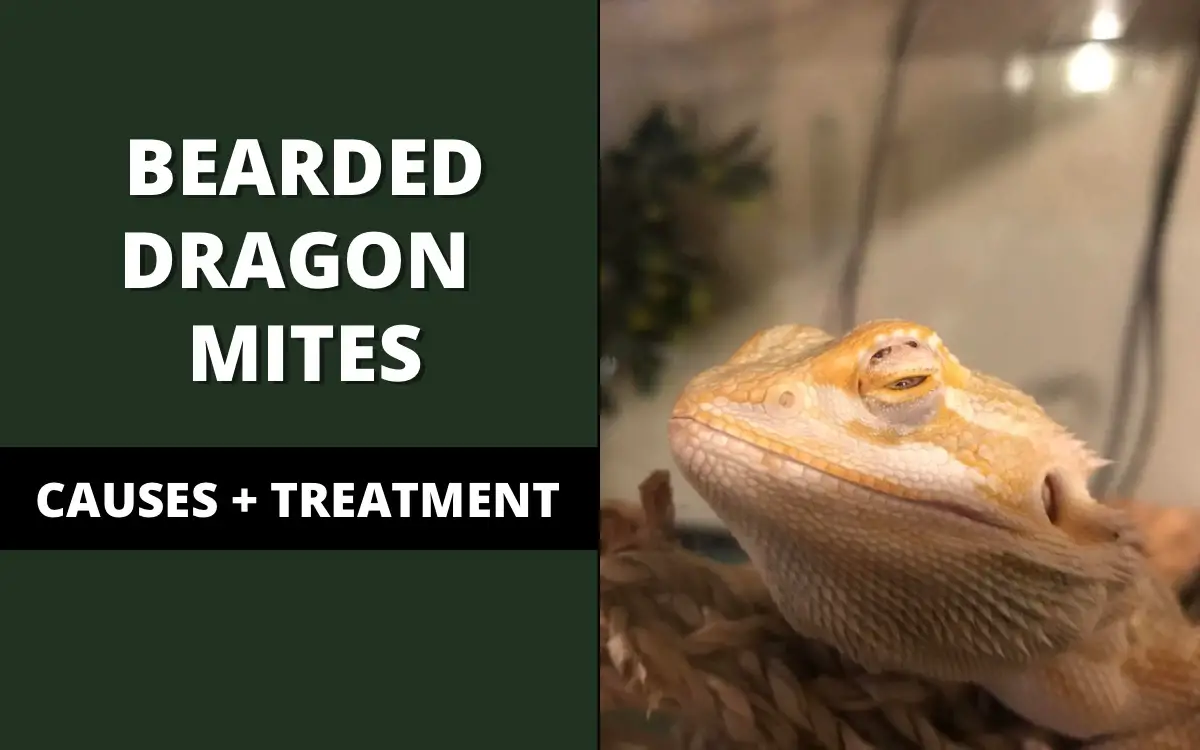
The popularity of bearded dragons as pets has been on the rise in the last five years, according to research. This is likely due to their docile nature and easy care requirements. Bearded dragons make great starter pets for those new to reptile ownership, and they can be a fun addition for experienced reptile owners as well.
However, with any pet comes the responsibility of providing proper care. And when it comes to bearded dragons, one of the most important aspects of care is ensuring that your dragon does not become infected with mites.
In this article, we will provide you with everything you need to know about bearded dragon mites: what they are, how to identify them, and most importantly, how to treat them.
So let’s get started!
Jump to..
What Are Bearded Dragon Mites?
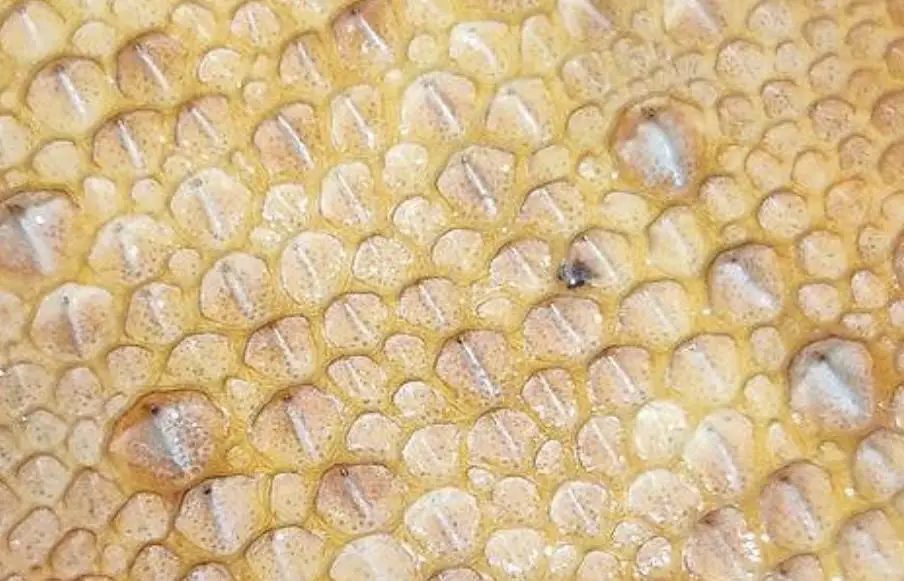
Bearded dragon mites are tiny parasitic creatures that feed off the blood of their host. They are most commonly found on reptiles, but can also infect other animals such as rodents, birds, and even humans.
Mites are not visible to the naked eye and can only be seen with the help of a magnifying glass or microscope. They are dark in color and have pear-shaped bodies. Bearded dragon mites range in size from 0.3 to 1 mm.
Mites are classified as arthropods, which means they have a hard exoskeleton made of chitin. They also have four pairs of legs that are used for crawling and moving around.
Where Do Bearded Dragon Mites Come From?
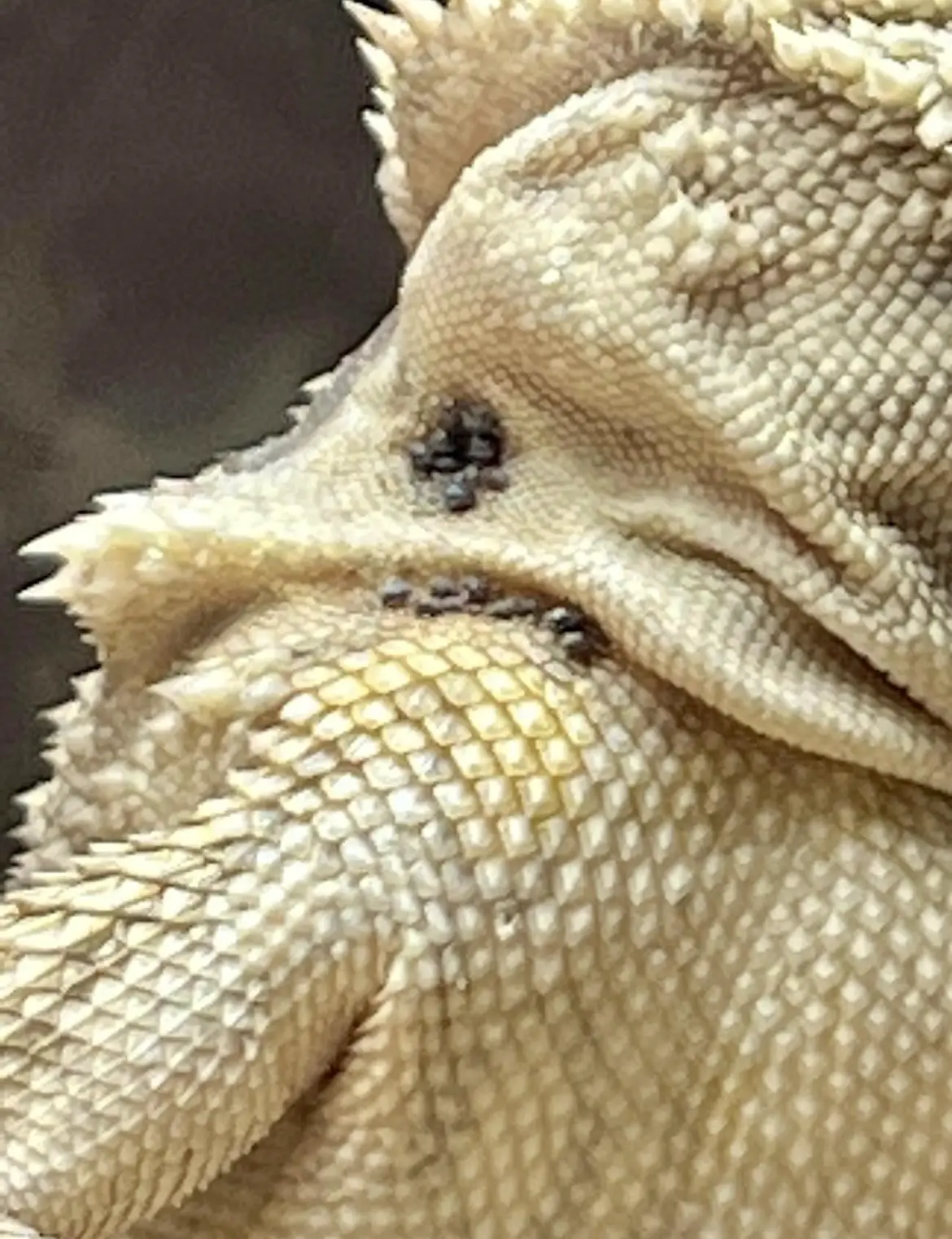
Bearded dragon mites are not native to Australia, where bearded dragons come from. It is thought that they originated in Africa and were introduced to Australia via the importation of reptiles.
Mites can live off their host for several weeks, and during this time, they will lay eggs. A single mite can lay up to 20 eggs in its lifetime. The eggs hatch within 3-5 days, and the nymphs (baby mites) will mature into adults within 2-3 weeks.
Mites are most active at night when they will crawl out from their hiding spots to feed on their host’s blood. During the day, they will stay hidden in cracks and crevices in the reptile’s enclosure.
Mites can cause a great deal of stress to their host, as they are constantly biting and crawling on them. This can lead to weight loss, anorexia, and even death in severe cases.
How Do You Know if a Bearded Dragon Has Mites?
One of the most common signs of bearded dragon mites is excessive itching and scratching. If you notice your bearded dragon scratching more than usual, it is a good idea to take a closer look at its skin.
Mites can often be seen crawling on the skin, especially around the head, neck, and legs. They may also be found in the nostrils, ears, and around the eyes.
Some of the easily noticeable symptoms of mites in bearded dragons include:
- Small black dots on the skin: It's important to note that not all black dots on the skin are mites. Bearded dragons often have small black dots on their skin that are harmless and nothing to worry about. However, if you notice an increase in the number of black dots, it could be a sign of mites.
- The appearance of the tiny arthropods: As mentioned before, mites are very small and not visible to the naked eye. However, if you take a closer look at your bearded dragon's skin with a magnifying glass or microscope, you may be able to see them crawling around.
- Red, irritated patches of skin: Mites will often bite their host, causing the skin to become red and irritated.
- Excessive itching and scratching: If your bearded dragon is constantly scratching itself, it's a good idea to check for mites.
- Loss of appetite: Mites can cause a loss of appetite in their host as they are constantly biting and crawling on them, which can be stressful and irritating.
- Weight loss: In severe cases, mites can cause weight loss due to a lack of appetite.
- Anorexia: Mites can also cause anorexia, which is when an animal stops eating altogether. This can be very dangerous and even deadly if not treated immediately.
If you notice that your bearded dragon has mites, it is better to take them to the vet for a diagnosis. The vet will be able to confirm the presence of mites and rule out any other potential health problems.
How Do I Get Rid of Mites on My Bearded Dragon?
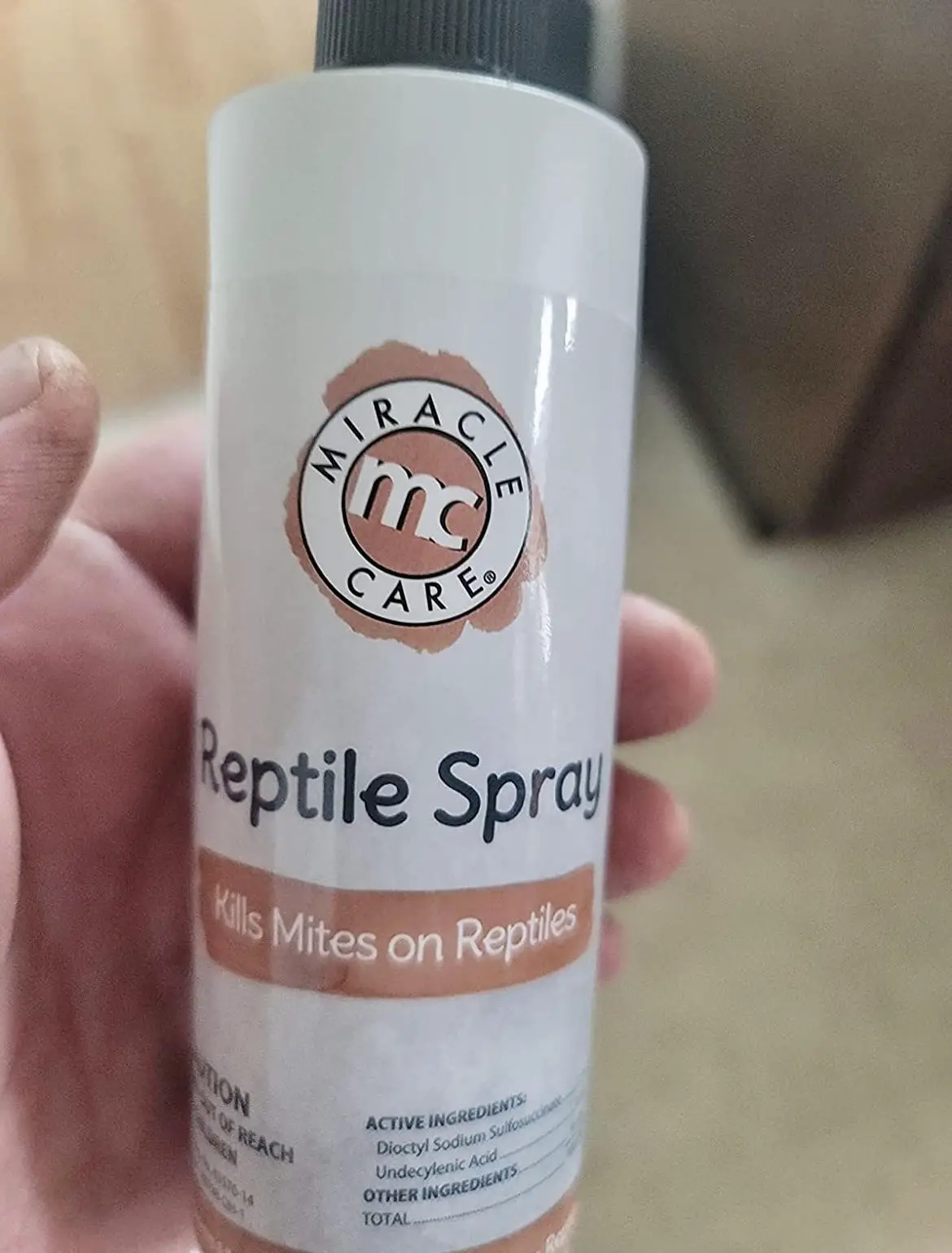
The best way to prevent mites is to purchase your bearded dragon from a reputable breeder or pet store. Be sure to ask about their health history and whether they have ever had mites.
It is also a good idea to quarantine any new reptiles before introducing them to your existing collection. This will help to prevent the spread of mites and other diseases.
Some other things you can do to prevent mites include:
- Keep your reptile's enclosure clean and free of debris: As mites like to hide in cracks and crevices, it's important to keep the enclosure clean to deter them. Your vet can also recommend a cleaning solution that will kill any mites that may be present.
- Inspect your reptile regularly: It's a good idea to inspect your reptile regularly for any signs of mites. This includes looking for black dots on the skin, red patches of skin, and excessive scratching.
- Isolate sick reptiles: If you have a reptile that is sick, it is important to isolate them from the rest of your collection. This will help to prevent the spread of mites and other diseases.
- Don't share equipment: It's important not to share equipment between reptiles, as this can help to spread mites and other diseases.
- Talk to your vet: If you have any concerns about mites, be sure to talk to your vet. They can offer advice on how to prevent and treat mites.
- Do not spray on your reptile: Some people recommend spraying their reptiles with a mite treatment, but this is not recommended. The chemicals in the spray can be harmful to your reptile, and it may not be effective at killing all of the mites.
- Quarantine all new acquisitions: It is important to quarantine any new reptiles before introducing them to your existing collection. This will help to prevent the spread of mites and other diseases.
There are a few different treatments that can be used to get rid of mites on bearded dragons. The most common treatment is ivermectin, which is a medication that is used to kill mites. Ivermectin is available in pill, injectable, and topical forms. It is important to follow the directions on the package carefully, as ivermectin can be toxic to reptiles if not used properly.
Another treatment that can be used is selamectin, which is available in topical form. Selamectin is considered to be safe for reptiles, but it can be toxic to other animals if not used properly.
There are also a few home remedies that can be used to get rid of mites, such as bathing your reptile in warm water or using a mixture of equal parts vinegar and water. However, it is important to talk to your vet before using any home remedies, as some of them can be harmful to your reptile.
Can Reptile Mites Live on Humans?
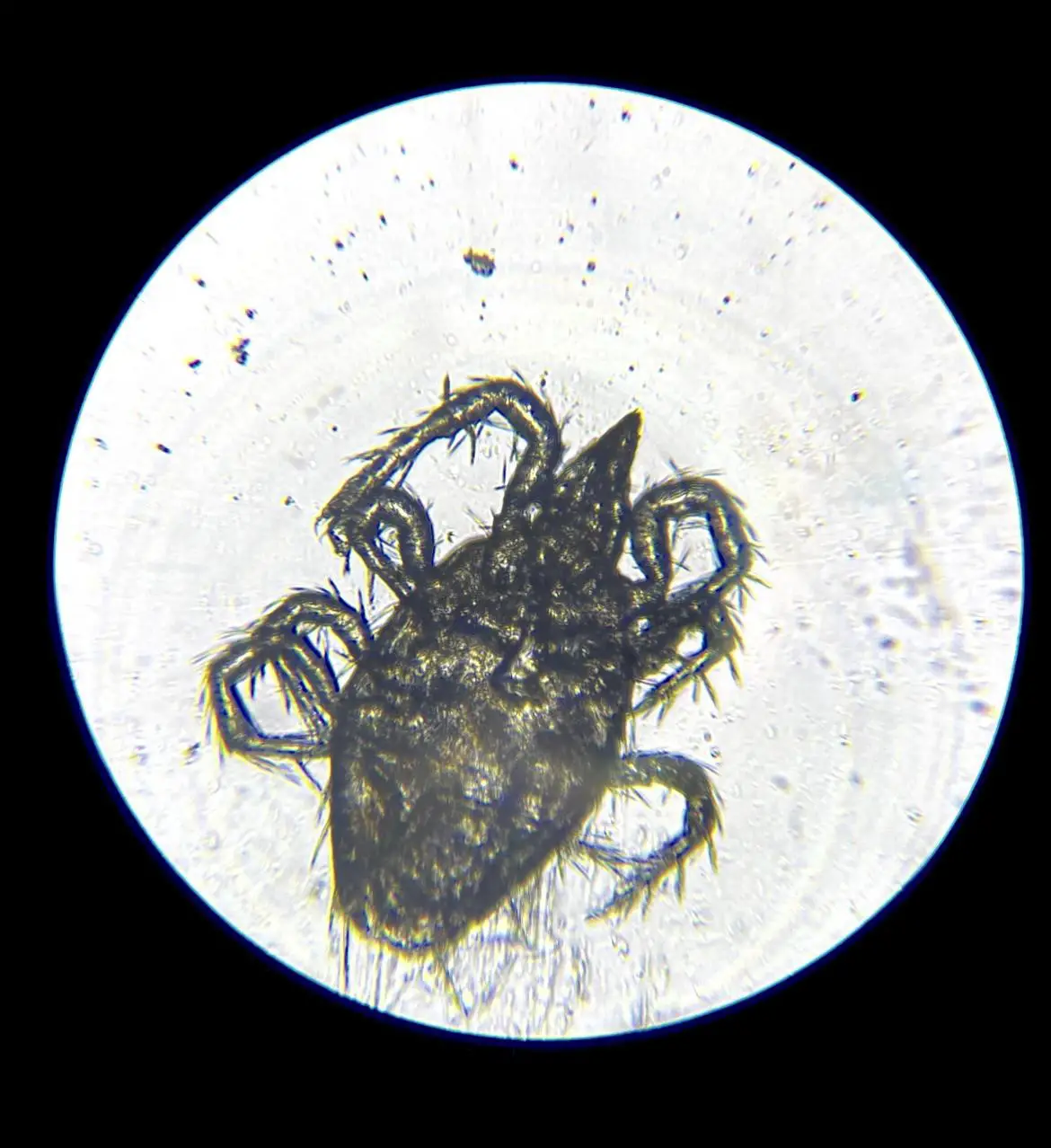
Reptile mites are tiny pests that feed on the blood of reptiles. While they’re mostly a nuisance to their reptilian hosts, they can also bite humans. In fact, reptile mites are known to cause a condition called “skunkectomy,” which is when a person is bitten so badly by mites that their skin actually starts to come off. Yikes!
Thankfully, skunkectomy is rare, and it’s usually only seen in people who have close contact with reptiles on a regular basis. However, if you do find yourself with a case of skunkectomy, don’t worry – it’s treatable with antibiotics.
So if you’ve got a pet reptile, just be sure to keep an eye out for these little critters. And if you start seeing bites on your skin, it might be time to pay a visit to the doctor.
How Long Do Reptile Mites Live?
Reptile mites are small, parasitic arthropods that feed on the blood of reptiles. They are typically found in captive reptiles, but can also be found in wild reptiles. Reptile mites are difficult to control and can cause serious health problems for their hosts. The lifespan of a reptile mite depends on several factors, including the species of mite, the age of the host, and the environment.
In general, reptile mites have a shorter lifespan when they are parasitizing younger hosts or when they are exposed to harsh environmental conditions. However, some species of reptile mites can live for several months, even if their host dies. This makes reptile mites a serious health threat to captive reptiles.
What Color Are Reptile Mites?
Reptile mites are tiny arthropods that can infest reptiles and cause a variety of problems, including anemia, skin irritation, and secondary infections. Although they are usually red or brown, reptile mites can also be black or white. In fact, the color of reptile mites can vary depending on their stage of development and what they have been feeding on.
For example, juvenile mites are often white or pale yellow, while adult mites may be darker in color. Blood-feeding mites may also appear reddish due to the blood in their gut. Regardless of their color, reptile mites are typically less than 1 mm in size and can be difficult to spot with the naked eye. If you suspect that your reptile has mites, it is important to seek veterinary care as soon as possible.
Do Mites Drown in Water?
Have you ever wondered what happens to mites when they’re exposed to water? Well, the answer may surprise you. While mites are capable of surviving for short periods of time underwater, they eventually drown. Mites have a special adaptation that allows them to extract oxygen from the water around them, but this adaptation only works for so long.
Eventually, the mite’s supply of oxygen runs out, and it drowns. So, if you’re looking for a way to get rid of mites, drowning them in water is an effective method. Just be sure to check that they’re completely dead before you dispose of them; otherwise, they may come back to life and infest your home once again.
How Do You Use Reptile Mite Spray?
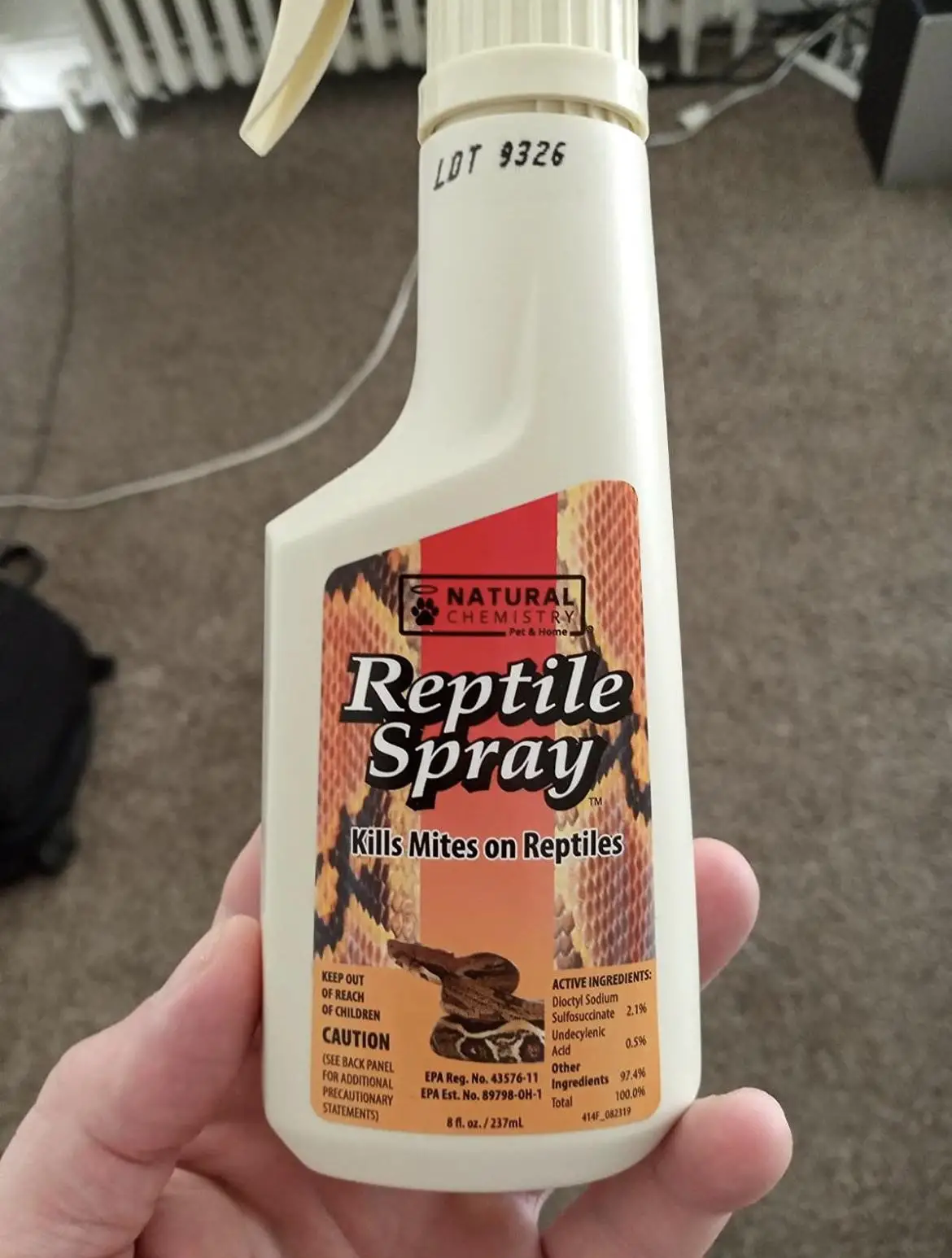
One of the most important things you can do to keep your reptile healthy is to prevent mites. Mites are tiny parasitic creatures that can cause a number of problems for reptiles, including anemia, skin irritation, and even death.
Fortunately, there are a number of products on the market that can effectively kill mites. Reptile mite spray is one of the most popular options, and it’s relatively easy to use.
Bearded dragon mites treatment spray: step-by-step
- Shake the bottle of spray to mix the contents: To get the most effective results, you’ll want to make sure that the ingredients are thoroughly mixed.
- Spray the mite spray directly on your reptile: Be sure to coat your reptile completely, paying special attention to any areas where mites are likely to hide, such as under the scales.
- Allow the spray to dry: Once your reptile is completely coated, allow the spray to dry. This usually takes a few hours.
- Repeat as necessary: Mites can be difficult to get rid of, so you may need to repeat this process several times before they’re gone for good.
Reptile mite spray is an effective way to get rid of mites, but it’s important to use it correctly. Be sure to follow the instructions on the bottle, and don’t hesitate to contact a reptile specialist if you have any questions.
Final Thoughts on Bearded Dragon Mites
Bearded dragon mites are tiny parasitic creatures that can cause a number of problems for reptiles, including anemia, skin irritation, and even death. If you suspect that your reptile has mites, it is important to seek veterinary care as soon as possible.
There are a number of products on the market that can effectively kill mites, but be sure to follow the instructions on the bottle carefully. And if you have any questions, don’t hesitate to contact a reptile specialist.
